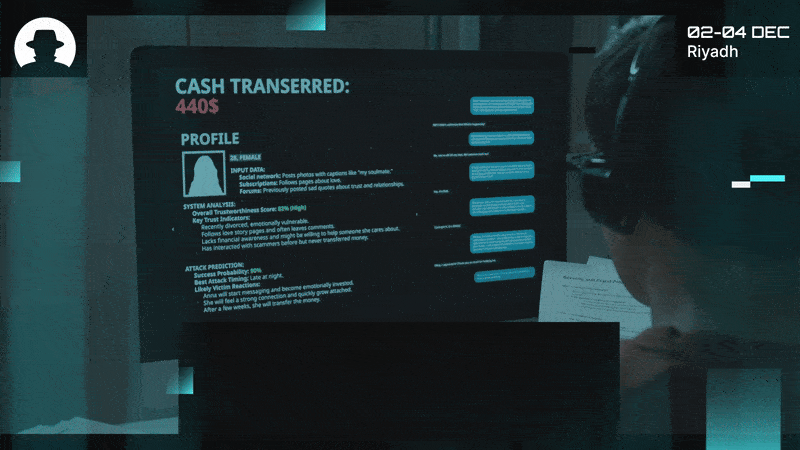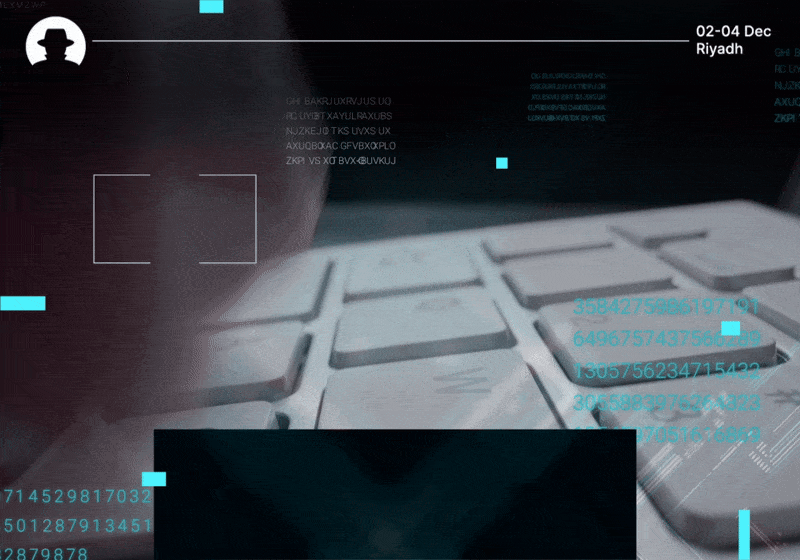
Bring hiring scams into your corporate deception training
Six in ten job seekers faced fake recruiters in 2025. Here’s what those scams teach CISOs about human psychology – and why security awareness needs a rewrite.
Read More
Welcome to the new 35 cyber warriors who joined us last week. Explore our weekly delivery of inspiration, insights, and exclusive interviews from the global BHMEA community of cybersecurity leaders.
Keep up with our weekly newsletters on LinkedIn — subscribe here.
A weekly delivery of insights, inspiration, and exclusive interviews from the global Black Hat MEA community.
Open source projects that early-career cybersecurity practitioners can use to level up their skills.
*Or give you the skills to open doors on your own.
Open source projects offer incredibly valuable opportunities for you (aspiring cybersecurity professional) to sharpen your skills. Collaborative and community-driven, they present real-world challenges that mirror the dynamics of the cybersecurity industry – and give you a chance to make connections with other practitioners too.
When we asked Paulino Calderon (Co-Founder at Websec) why he’s passionate about open source projects in cyber, he said:
“I genuinely believe in the power behind the democratisation of knowledge... I learned much from collaborating with people worldwide and sharing contributions with millions of users.”
If you’re new to the field, or even if you’re an established practitioner looking to enhance your skills and reignite your inspiration, then engaging with open source allows you to:

Pick a project. Choose one that aligns with your interests right now, or with your future career goals. For example, are you interested in network security, malware analysis, or threat intelligence?
By focusing on an area you genuinely enjoy, you’re likely to get hooked on that project and stay engaged – and over time, this will give you the space you need to build deeper, more meaningful expertise.
Once you’ve chosen your project, immerse yourself in its community. Get involved in forums, join mailing lists, and engage in chat channels where contributors exchange ideas.
Then when you’re ready to start contributing to the project, start small. Fix bugs or add to the project documentation, or suggest minor feature enhancements. By starting with small, low-stakes contributions you’ll build confidence and get feedback that will help you develop your skills. And those small pieces of work really do help to strengthen the overall project too.
Open source projects are powerful development opportunities for you as an individual. And at the same time, they’re powerful drivers of innovation in the field of cybersecurity – they’re a collaborative world of their own in which knowledge is shared and security is strengthened. On the blog this week we wrote about three recent developments in cybersecurity that have been enabled by open source (read it here).
Calderon added, “Together, we can make significant strides toward a future where technology serves as a bridge rather than a barrier.”
So choose a project and embark on your open source journey. We’d love to know what you learn along the way.
We’ll see you back here next week.
Join us at Black Hat MEA 2025 to grow your network, expand your knowledge, and build your business.
Join the newsletter to receive the latest updates in your inbox.

Six in ten job seekers faced fake recruiters in 2025. Here’s what those scams teach CISOs about human psychology – and why security awareness needs a rewrite.
Read More
Why purple teaming matters: learning, humility, and collaboration over confidence. A Zen mindset for modern cyber resilience.
Read More
Across Saudi Arabia and the GCC, hands-on cybersecurity simulation and CTF programmes are producing world-class talent – and transforming how the next generation learns to defend the digital world.
Read More